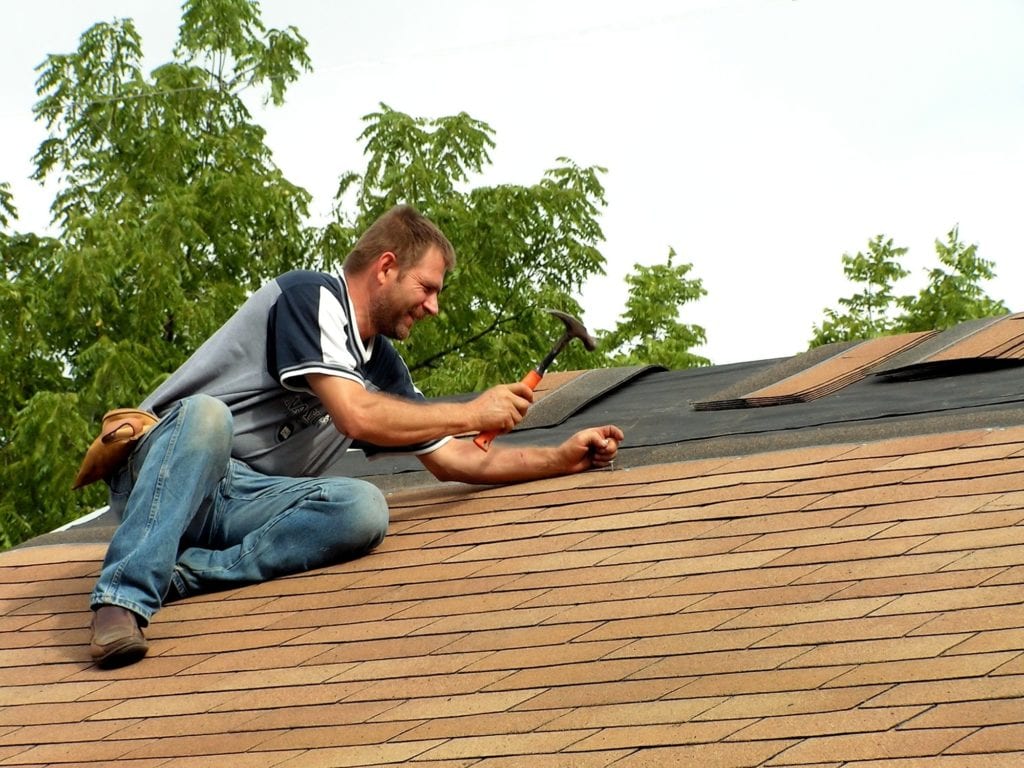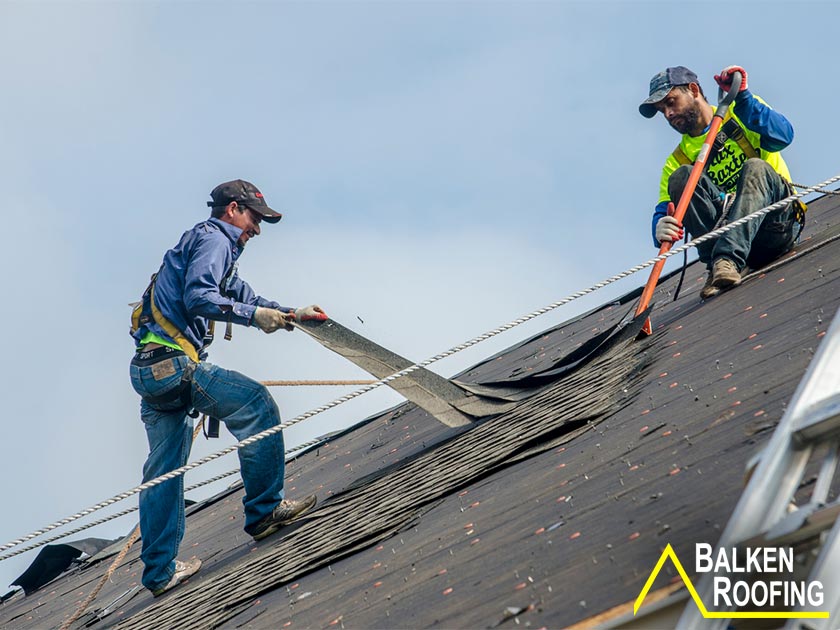Recognizing the Different Sorts Of Roof Coverings: A Comprehensive Guide for Homeowners
In the realm of homeownership, selecting the proper roof covering style is a choice that carries substantial ramifications for both performance and visual appeal. With a selection of options-- ranging from the standard gable to the contemporary flat-- each type presents distinct benefits and difficulties that need to align with the home owner's ecological considerations and specific requirements. Recognizing these distinctions not only aids in making an informed option however also affects lasting maintenance and energy efficiency. As we explore the intricacies of various roof covering kinds, it ends up being evident that dimension does not fit all; the right choice might amaze you.
Saddleback Roof
Saddleback roofs, characterized by their triangular shape, are amongst the most preferred roof designs as a result of their simpleness and performance in dropping water and snow. This layout includes two sloping sides that fulfill at a ridge, allowing for effective drain and minimizing the danger of water accumulation. The high pitch frequently related to saddleback roofs enhances their capability to deal with heavy precipitation, making them ideal for numerous climates.
In enhancement to their functional benefits, saddleback roofs supply aesthetic versatility. They can be adjusted to various architectural styles, from conventional to modern-day homes. The style can also accommodate additional functions such as dormer windows, which improve natural light and ventilation in the attic space.
Furthermore, gable roofings give sufficient space for insulation, adding to energy effectiveness. Homeowners can pick from a variety of roofing materials, including asphalt roof shingles, metal, and floor tiles, better boosting customization alternatives.
Despite their advantages, saddleback roofs may call for added support in areas susceptible to high winds or hefty snowfall. In general, the gable roofing system continues to be a popular option because of its blend of functionality, toughness, and visual allure.
Apartment Roofs
Flat roofings are often recognized for their minimal design and sensible applications, particularly in business and industrial settings (oahu roofing). These roofings include a nearly straight or horizontal surface, which allows for very easy building and construction and versatile area use. While they might do not have the visual charm of angled roofs, level roofing systems provide numerous advantages, specifically in urban settings where making the most of room is important
One of the primary benefits of flat roofing systems is their ease of access. Home owners can use the roofing system room for different purposes, such as roof gardens, balconies, or photovoltaic panel setups. Furthermore, level roofing systems are usually a lot more economical to mount and preserve compared to their sloped equivalents, as they require less products and labor.
Common materials utilized for level roofs include built-up roof (BUR), changed asphalt, and single-ply membrane layers, each offering distinct benefits. In general, level roof coverings offer as a practical and adaptable choice for many homeowners and services alike.
Hip Roofings
Hip roofing systems are defined by their sloped sides that assemble on top, creating a ridge. This style stands out from saddleback roofs, as all four sides of a hip roofing system slope downwards toward the wall surfaces, offering a much more secure framework. The angle of the inclines can differ, enabling adaptability in architectural aesthetics and performance.
One of the main benefits of hip roofings is their capability to hold up against hefty winds and negative climate condition. The sloped surfaces allow far better water drainage, lowering the threat of leaks and water damages. Furthermore, hip roofing systems supply boosted attic room room, which can be utilized for storage or also transformed right into livable areas.
Nevertheless, building a hip roofing system can be more expensive and intricate than less complex roof covering kinds, such as gable roofs. The additional material and labor entailed in producing the slopes and ensuring correct architectural honesty can result in greater costs. Regardless of these drawbacks, numerous house owners favor hip roofs for their longevity, aesthetic appeal, and capacity for power effectiveness.
Mansard Roofings
Mansard roof coverings, typically acknowledged by their special four-sided layout, function 2 slopes on each side, with the lower slope being steeper than the upper. This architectural style, stemming from France in the 17th century, is not only aesthetically attractive however functional, as it optimizes the functional room in the upper floors of a building. The high lower slope enables even more headroom, making it an ideal selection for loft spaces or attic rooms, which can be transformed into living rooms.
Mansard roofs are defined by their flexibility, accommodating various building designs, from typical to modern-day. They can be created with various products, including asphalt shingles, slate, or metal, giving homeowners with a series of alternatives to match their budget plans and preferences. In addition, the style permits for the combination of dormer home windows, boosting natural light and ventilation in the upper levels.
Nevertheless, it is necessary to consider the potential downsides. Mansard roofs might require even more upkeep due to the intricacy of their layout, and their steep inclines can be testing for snow and rainfall runoff. Generally, mansard roofing systems incorporate style with functionality, making them a prominent option amongst home owners looking for distinct architectural functions.
Lost Roofing Systems
As property owners progressively look for simpleness and performance in their building designs, shed roofings have become a preferred option. Characterized by a single sloping plane, a shed roof covering offers a minimalist aesthetic that enhances different home styles, from contemporary to rustic.
Among the primary advantages of a shed roofing is its straightforward building, which often converts to decrease labor and product prices. This layout permits effective water drainage, minimizing the threat of leakages and water damage. Additionally, the vertical incline gives enough area for additional hints skylights, boosting natural light within the inside.
Shed roofing systems also use convenience in regards to use. They can be efficiently integrated into enhancements, garages, or outside frameworks like structures and sheds. Additionally, this roof design can fit numerous roof materials, including steel, asphalt tiles, or also eco-friendly roofing systems, lining up with environment-friendly efforts.
Nevertheless, it is necessary to take into consideration regional climate problems, as heavy snow tons might necessitate adjustments to the roof covering's angle or structure. In general, dropped roofs present a practical and visually pleasing choice for property owners aiming to take full advantage of capability without endangering design.
Conclusion


Gable roofs, defined by their triangular form, are amongst the most preferred roofing styles due to their simpleness and effectiveness in shedding water and snow. oahu roofing. The high pitch generally associated with gable roofs enhances their ability to manage heavy precipitation, making them suitable for numerous environments
While they might do not have the visual allure of pitched roofs, level roofings offer various advantages, specifically in metropolitan settings where maximizing space is essential.
